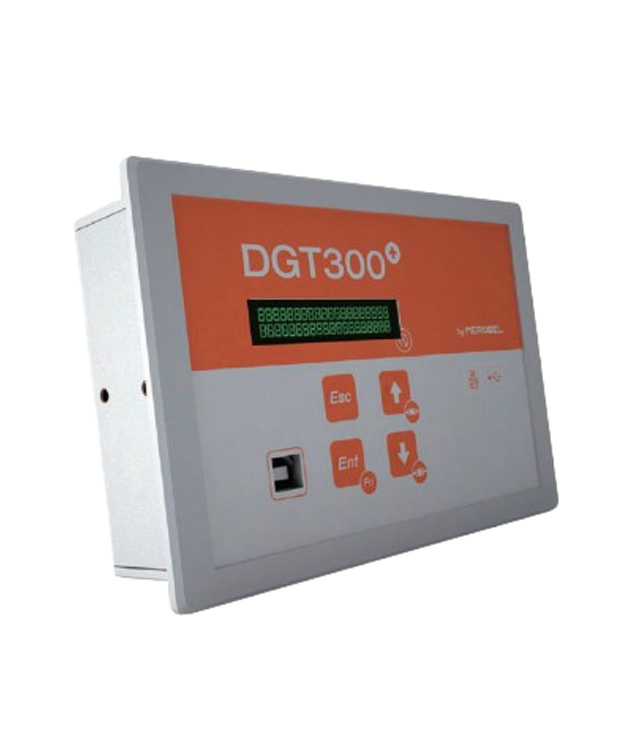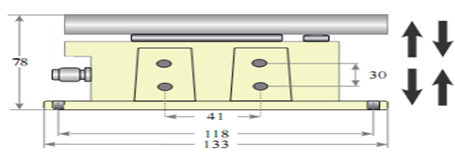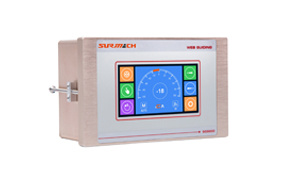Understanding Web Guiding Sensors: Essential Components for Precision in Electronic Applications
Date:
2025-03-17
Web guiding sensors play a pivotal role in ensuring the accurate alignment of materials as they move through production processes. Primarily utilized in industries such as packaging, printing, and converting, these sensors are essential for maintaining product quality and efficiency. They work by detecting the position of a web—be it paper, film, or other materials—and providing feedback to adjust the positioning mechanisms accordingly. This guidance ensures that the material is fed correctly through the production line, minimizing waste and enhancing quality control.
One of the core functionalities of web guiding sensors is their ability to utilize various technologies for position detection. Common types include optical sensors, ultrasonic sensors, and laser sensors. Optical sensors, for instance, work by detecting light reflections from the edges of the web, while ultrasonic sensors use sound waves to measure distance and position. Each type offers unique advantages, depending on the application requirements, such as sensitivity, range, and environmental conditions.
When selecting a web guiding sensor for a specific application, it is crucial to consider several factors. The type of material being processed, the speed of the production line, and the environmental conditions can all influence sensor performance. For example, optical sensors may struggle in environments with high dust or moisture levels, where ultrasonic sensors may perform better. Additionally, understanding the width and tension of the web is essential to ensure that the sensor can provide precise guidance without compromising the material's integrity.
Integration of web guiding sensors into existing systems can also enhance production efficiency. By automating the alignment process, manufacturers can reduce manual intervention, leading to faster production rates and lower labor costs. Furthermore, the data collected by these sensors can be invaluable for process optimization, allowing for real-time adjustments that can prevent potential issues before they arise.
In conclusion, web guiding sensors are integral components in the realm of electronic components, particularly within the scope of displacement sensors. Their ability to maintain precise alignment of materials not only improves product quality but also enhances overall operational efficiency. As industries continue to prioritize automation and precision, understanding the capabilities and applications of web guiding sensors will be essential for professionals in the field.
One of the core functionalities of web guiding sensors is their ability to utilize various technologies for position detection. Common types include optical sensors, ultrasonic sensors, and laser sensors. Optical sensors, for instance, work by detecting light reflections from the edges of the web, while ultrasonic sensors use sound waves to measure distance and position. Each type offers unique advantages, depending on the application requirements, such as sensitivity, range, and environmental conditions.
When selecting a web guiding sensor for a specific application, it is crucial to consider several factors. The type of material being processed, the speed of the production line, and the environmental conditions can all influence sensor performance. For example, optical sensors may struggle in environments with high dust or moisture levels, where ultrasonic sensors may perform better. Additionally, understanding the width and tension of the web is essential to ensure that the sensor can provide precise guidance without compromising the material's integrity.
Integration of web guiding sensors into existing systems can also enhance production efficiency. By automating the alignment process, manufacturers can reduce manual intervention, leading to faster production rates and lower labor costs. Furthermore, the data collected by these sensors can be invaluable for process optimization, allowing for real-time adjustments that can prevent potential issues before they arise.
In conclusion, web guiding sensors are integral components in the realm of electronic components, particularly within the scope of displacement sensors. Their ability to maintain precise alignment of materials not only improves product quality but also enhances overall operational efficiency. As industries continue to prioritize automation and precision, understanding the capabilities and applications of web guiding sensors will be essential for professionals in the field.
Related information
2025-04-01









